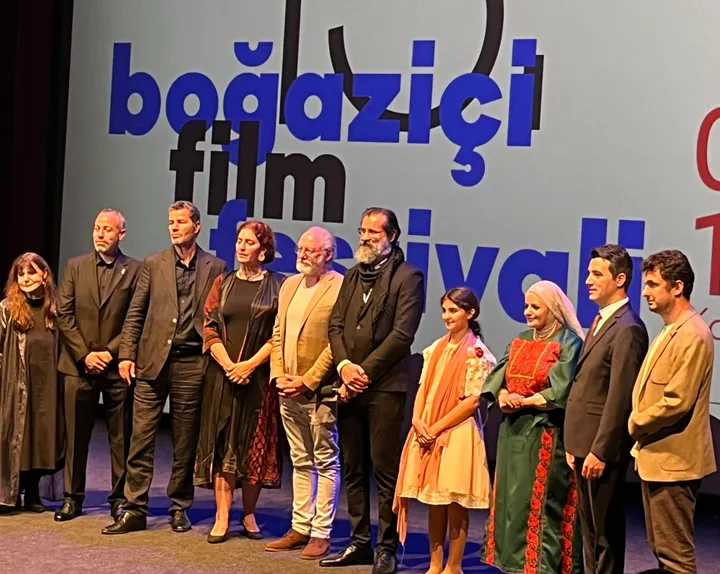Mexican archaeologists have unearthed a richly adorned human body in a grave that could be more than 1,000 years old, in an area where workers were finishing construction on a major tourist rail project.
The discovery took place this month during archaeological salvage work carried out in tandem with building a multibillion-dollar tourist train in southern Mexico designed in large part to draw tourists to southern Mexico's many ancient Maya sites, as well as nearby top beach resorts like Cancun and Tulum.
The country's national antiquities institute INAH made the announcement about the discovery on Monday.

The skeletal remains likely pertain to an elite resident of the city, known by the ancient Maya as Lakamha'. (Reuters)
The rail project, known as the Maya Train, is a top economic development priority of President Andres Manuel Lopez Obrador.
It employs teams of relatively well-funded archaeologists who have rushed to complete excavations so the construction work will not be delayed. Digs elsewhere in the country have suffered budget cuts.
The latest burial discovery took place during work on the construction of a hotel near the major Maya ruins of Palenque in Chiapas state, once home to one of the ancient civilization's largest and most sophisticated urban centres.
Buried face up
The skeletal remains were found some 2 kilometres (1.2 miles) from the city's centre, home to towering temples and a sprawling palace compound, in a stone box. They likely pertain to an elite resident of the city, known by the ancient Maya as Lakamha'.
The box also held three ceramic vessels, ear flares and a pair of greenstone beads.
INAH also noted that the individual was buried face up, his head facing north, adding that further tests are needed to determine the individual's exact age and other characteristics.

The box also held three ceramic vessels, ear flares and a pair of greenstone beads. (Reuters)
Scholars credit the ancient Maya with major human achievements in art, architecture, astronomy and writing.
Palenque, like dozens of other ancient cities clustered around southern Mexico and parts of Central America, thrived from around 300-900 AD.




























